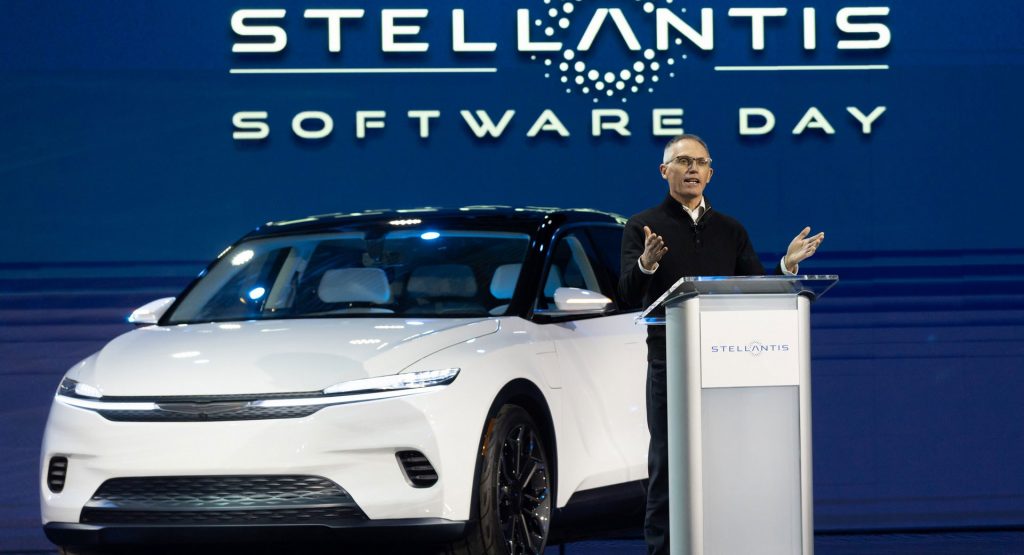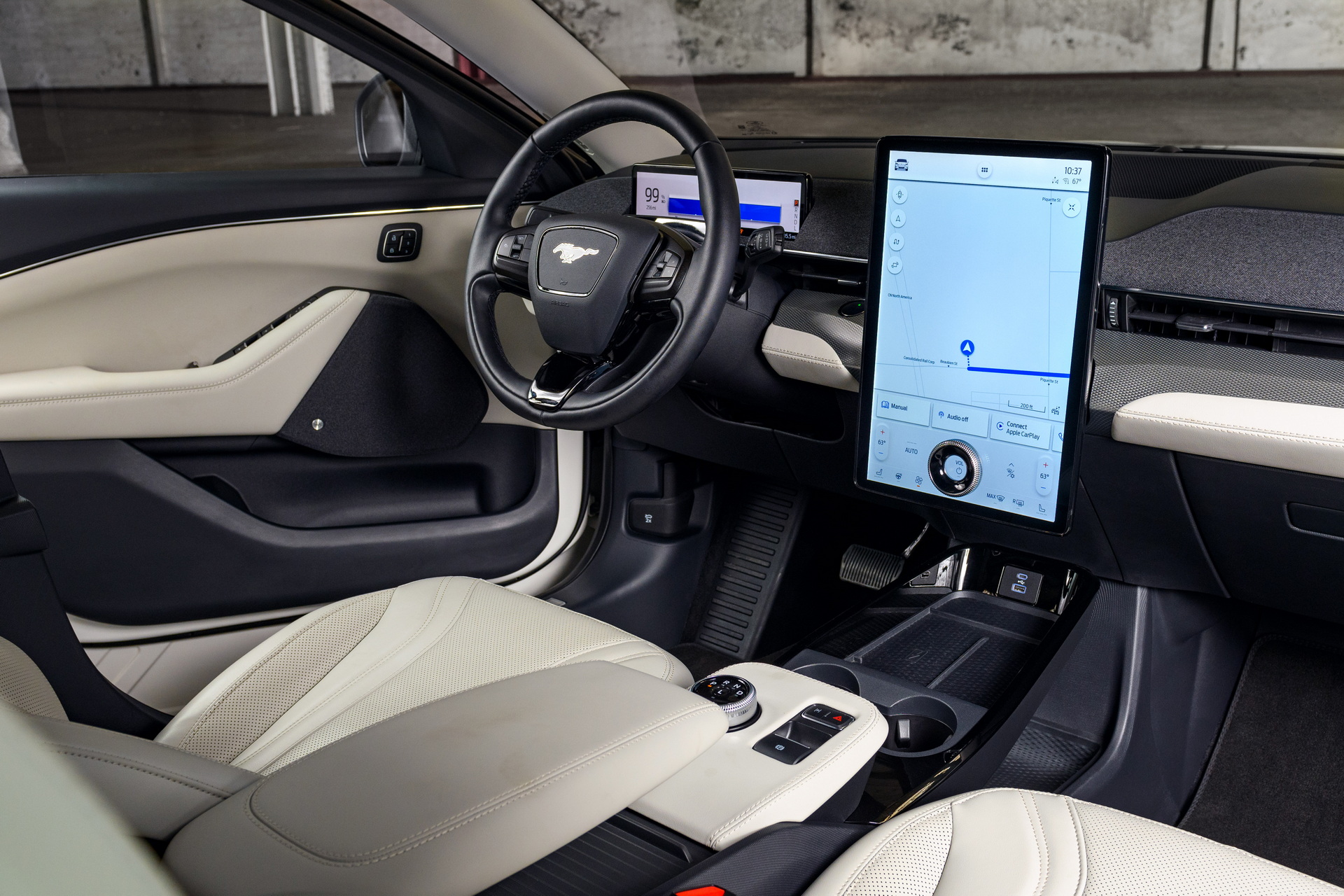Car manufacturers are going all-in on subscription services, viewing them as an important way to increase profits.
The market could prove to be so important that General Motors thinks it can generate up to $25 billion in revenue annually by 2030 purely through software and subscription services. Stellantis also expects to generate $23 billion annually from subscription services by 2030.
“We intend to deepen the emotional bond between our customers and the brands they love,” head of Stellantis’ software business Mamatha Chamarthi recently told Auto News. “If the past was about increasing margins by moving customers north in hardware and trim levels, our future is about offering customers software-based services.”
To make this happen, Stellantis chief executive Carlos Tavares says the car manufacturer will need to find a way to make its vehicles cheaper, most likely by making cost reductions on the manufacturing side.
“All of this is very much dependent on the affordability of what we are doing,” Tavares said. “Something needs to be improving in the cost structure of this fantastic mobility device called the automobile … to make sure this technology is not going to create mobility that is only for the elites.”
Stellantis believes software and subscription services will allow it to significantly boost operating margins closer to those of large technology companies. However, not everyone is convinced that’s possible.
Read Also: Toyota Requires A Subscription To Use Remote Start Function From Keyfob After Trial Period
“I’m skeptical that any of these car companies will get anything close to the multiples they’re talking about from services,” automotive and smart mobility analyst at Gartner, Mike Ramsey said. “If they try to shake people down for heated seats, like BMW is considering, that’s probably not going to go over very well.”
Many of the services that Stellantis plans to offer will come through the technology platforms it will launch from 2024, dubbed STLA Brain, STLA SmartCockpit, and STLA AutoDrive. It will offer customers horsepower upgrades, increased payload capacity, and various audio and video features, all through over-the-air technologies.
Ford is also investing heavily in the emerging space. Last week it launched a field service tool that helps business owners digitize their work. The automaker wants to develop an ‘always on’ relationship with its owners.
“’Always on’ means we are regularly interacting with our customers on things large and small,” Ford chief executive Jim Farley described in July. “And we’re building new capabilities like connected services to enrich the customer experience and drive recurring revenue streams.”






